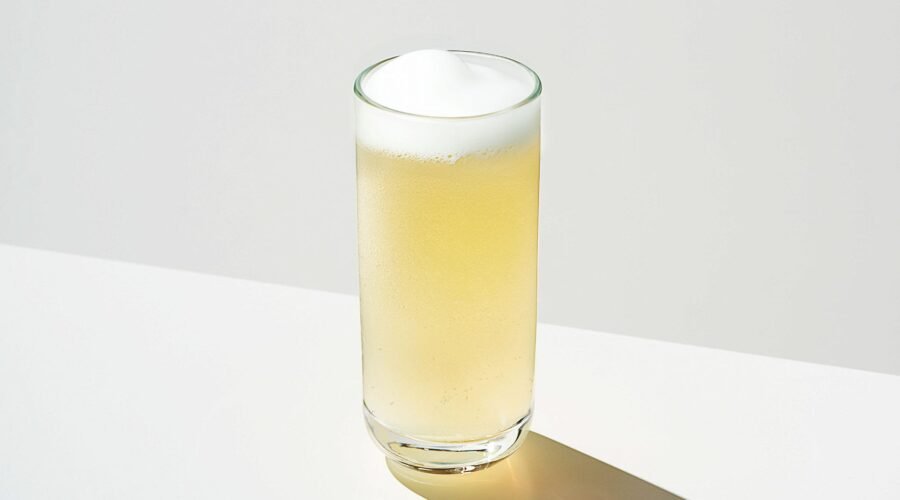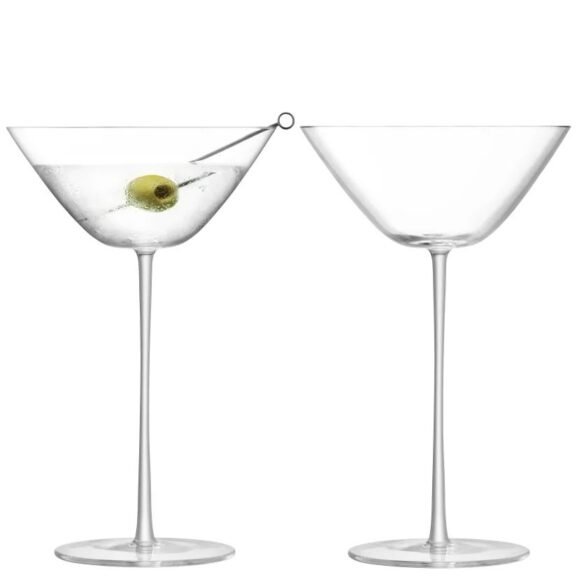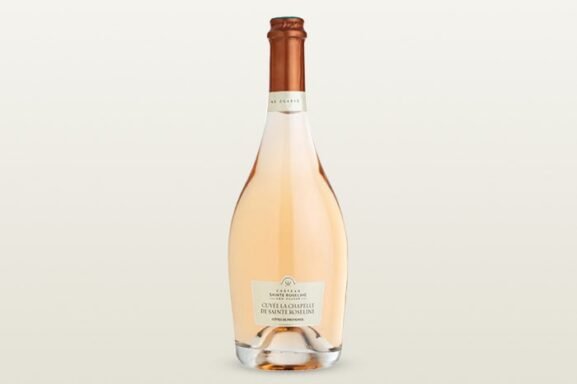How to Make a Gin Fizz Cocktail
The gin fizz is one of the better-known variations of a broader cocktail category, the fizz. This also includes the sloe gin fizz, Silver Fizz and newer variations like the cranberry fizz and pomegranate fizz. Though the exact ingredients in each of these drinks differ slightly from one another, the term largely indicates a sour drink, or one that incorporates lemon or lime juice for citric acid, and is then topped with carbonated water.
You May Also Like: 11 of Our Favorite Gins for Every Drinker
Many fizzes also incorporate egg whites. The enduring popularity of the Ramos Gin Fizz, a drink famous for its use of cream, orange water, eggs and a 12-minute shake time, as well as eggs’ use in numerous pre-Prohibition recipes has led many to equate them as a signature ingredient of fizzes. That’s not necessarily the case.
What is a Gin Fizz Made Of?
The gin fizz always combines its namesake spirit with lemon juice and simple syrup, with club soda on top. But, like the rest of the somewhat ambiguous cocktail category, egg whites may or may not be incorporated depending on who you ask.
“There seems to be a slight controversy on whether to add egg white to the gin fizz,” says Ben Brown, beverage director at Porchlight in New York City. The original gin fizz recipe published by Jerry Thomas in 1862 did not call for egg white and could be distinguished by the Silver Fizz, which was the gin fizz recipe adding egg white, he says: “These are two different drinks to be certain.”
More than 150 years later, there’s no clear-cut answer. Today, many bar professionals, including Brown, serve a gin fizz that closely resembles the cocktail Thomas referred to as a Silver Fizz. Others argue that the perennially popular drink should follow the famed bartender’s specifications to a T—with no egg in the mix or ice in the glass.
What is the Difference Between a Gin Fizz and a Tom Collins?
To muddy these waters even more, Thomas’s original eggless version is remarkably similar to another 19th-century cocktail that remains a favorite among modern drinkers.
“The original gin fizz is, in essence, what we would call a Tom Collins today,” says Brown. “For this reason, I add egg white to my gin fizz and keep my Tom Collins (which would have had genever, not gin in 1862) eggless.”
The egg white in the gin fizz gives the drink more body and texture than the slightly more refreshing Tom Collins, which is served over ice. The gin fizz, on the other hand, was (and generally still is) strained and served up in a chilled Collins glass.
Porchlight’s Gin Fizz Recipe
Courtesy Ben Brown
Published: March 1, 2024
Ingredients
2 ounces London dry gin
3/4 ounce Lemon juice
¾ ounce Simple syrup
Egg White
Seltzer, to top
Lemon peel, to garnish
Directions
In cocktail shaker without ice, combine first four ingredients. Dry shake, vigorously and without ice, for at least 20 seconds or until egg white appears fully beaten and incorporated into drink. Add ice and shake again for 10–15 seconds to chill. Pour into chilled Collins glass. Top with fresh seltzer and allow head to rise. Garnish with lemon peel.
Variation: Sloe Gin Fizz
Looking for something equally refreshing and a bit more fruit forward? Swap regular gin for sloe gin to make a classic Sloe Gin Fizz. A fruit liqueur, sloe gin creates its own slightly creamy head when shaken, allowing you to omit the egg white while still retaining body.
Authentic sloe gin can be difficult to find in the U.S., as the fruit isn’t native to the States and for decades, cheap domestic bottlings were created with artificially flavored syrups. Look for U.K. offerings like Hayman’s Sloe Gin or Plymouth. Spirit Works, based in Sonoma County, California, imports sloe berries from Europe for their Sloe Gin. Meanwhile, Brooklyn, New York-based Greenhook Ginsmiths creates a similar Beach Plum Gin Liqueur, crafted from a domestic relative to the European sloe berry.


